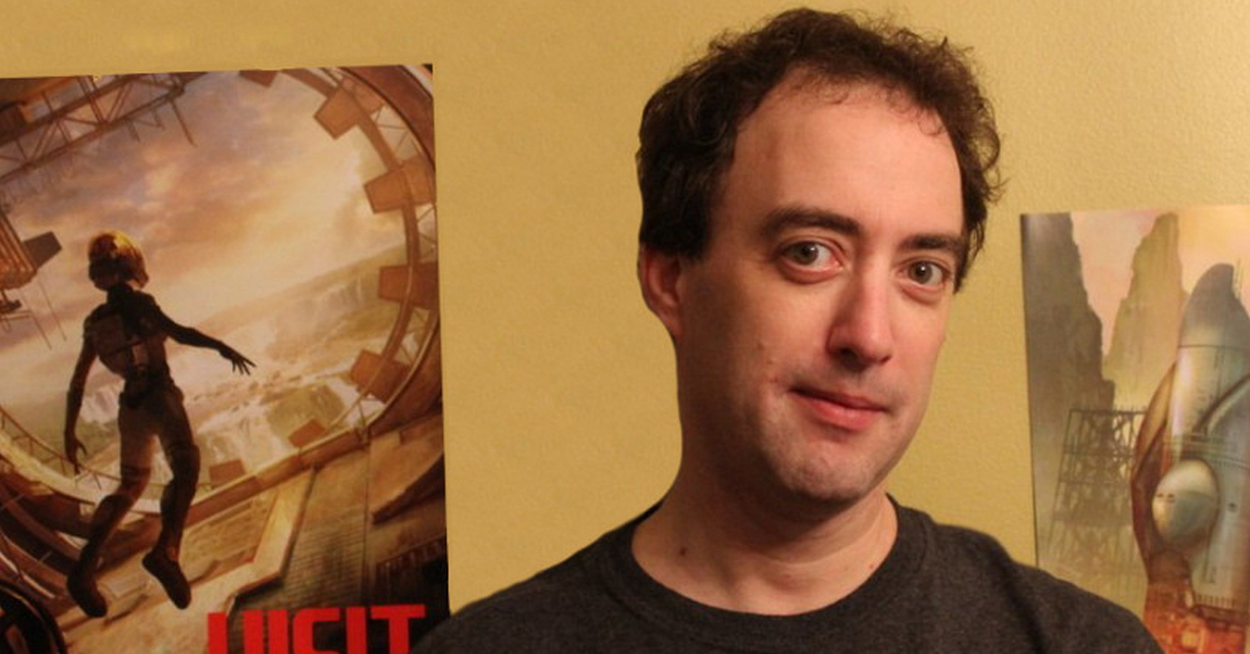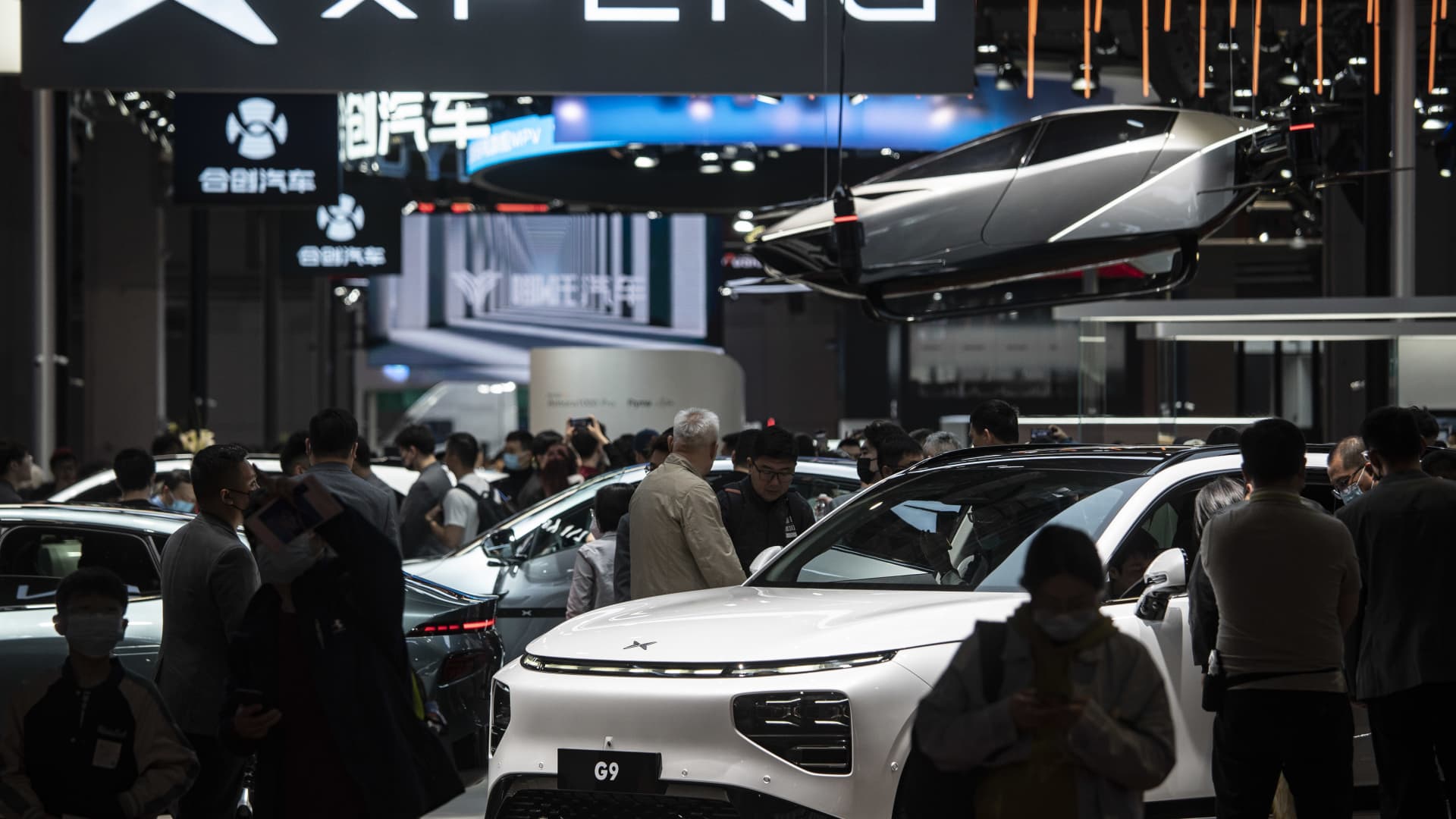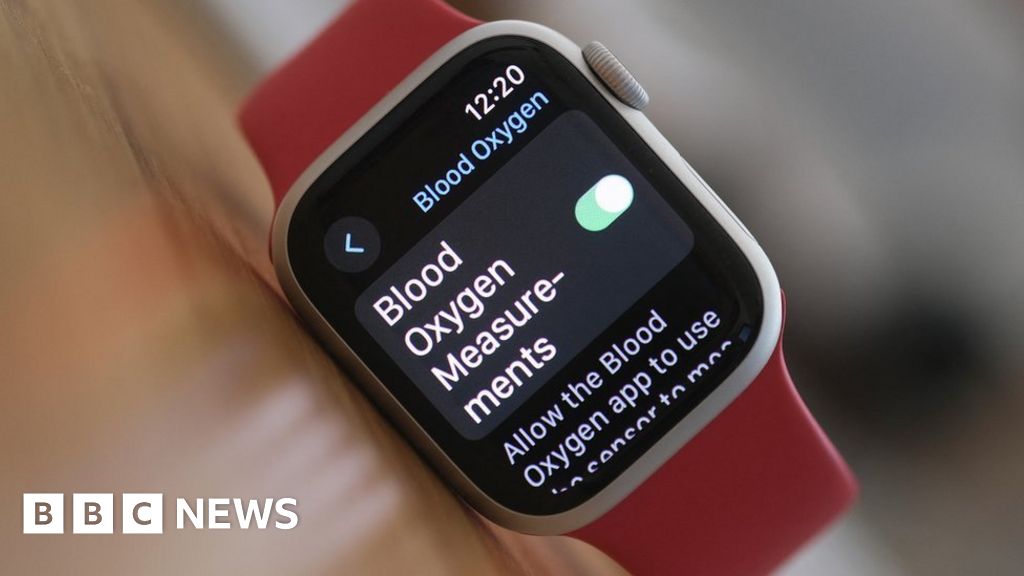Opinion: Can Hollywood’s new SAG-AFTRA contract hold AI at bay?
After months of strikes by the writers’ and screen actors’ unions — and billions of dollars in losses to California’s economy — Hollywood is back to work. Sort of. We still need the SAG-AFTRA membership to ratify the hard-won deal for the TV and movie industry to continue its post-pandemic recovery.
Like the Writers Guild of America, the Screen Actors Guild-American Federation of Television and Radio Actors successfully bargained for very substantial increases in the income flows to its members, including significant improvements in residuals from streaming. That’s a great thing, but pretty much what you’d expect from effective, strike-enforced collective bargaining.
The more interesting — and potentially more important — part of the SAG-AFTRA deal is what was achieved for actors related to the use of artificial intelligence in the film industry.
Producers came into the negotiations refusing to discuss AI at all. Some people took that as a sign that the movie studios had a secret master plan for the use of artificial intelligence to replace actors. The fear now is that SAG-AFTRA has agreed to a deal that could allow the studios to implement that nefarious plan.
The better guess is that initially the studios just didn’t want any of the possible business opportunities related to AI — now not fully understood — to be constrained by a collective bargaining agreement. But constraint is what both the WGA and SAG-AFTRA achieved, especially the actors’ union.
The AI provisions in SAG-AFTRA’s deal give performers substantial control over the creation and specific uses of their digital replicas. The deal requires that the human actor be paid for the number of days the actor would have worked for all appearances of the replica in the film or television show. It entitles the human actor to full residuals for the digital replica’s appearances, and it requires that consent be obtained in a clear, informed, specific manner, not hidden deep in the fine print of some lengthy contract.
That’s quite a lot of flexibility the studios have given up, and if you pay attention to the required payments, the whole structure takes away a lot of the incentive to replace human actors with digital replicas. If producers have to pay the human actors anyway for the days they would have worked, and pay residuals too, why go to the expense of the digital replica?
Actor Justine Bateman has said some pretty inflammatory things about these provisions, but from a lawyer’s point of view most of her comments don’t jibe with the details that have been made public. Bateman, who has suggested actors ratify the contract only “if they don’t want to work any more,” is right that the deal apparently does not forbid the studios from creating wholly synthetic performers, but they’ve been doing that (at least visually) for a long time. It’s called animation.
Yes, someday there may be a remake of “Who Framed Roger Rabbit” in which Jessica Rabbit is a synthetic, human-like cross between Barbie (not Margot Robbie, but a real Barbie) and Miss Universe, but the studios were never going to agree to foreclose that production (and creative) possibility.
Critics of the deal have also complained that the AI provisions turn on good faith, as if that were a special flaw in this agreement. News flash: All contractual deals, all legislation, all international treaties — all forms of human agreement for behavior going forward — require implementation in good faith.
And everyone should understand that the studios only made a deal with SAG-AFTRA when the actors’ union had the most leverage possible, which supports the case that the union got a very, very good contract.
When the United Auto Workers struck selected car plants this year, the automakers felt it: Dealership inventories of popular models dropped substantially within just weeks of the strike’s start. But when actors struck the Hollywood studios, a different economics came into play. Suddenly, for each studio, all production costs stopped. Meanwhile, revenue from box office and streaming services (all the major studios have one, except Sony) continued. The studios turned into short-term cash cows for their corporate conglomerates. Why bother to talk to the actors when the immediate economics looked so rosy?
Pressure on the studios only ramped up when the 2024 movie slate started to be threatened and, importantly, promotional efforts for 2023 holiday-season films were in jeopardy. SAG-AFTRA rules forbid its members from promoting their films during a strike. And if Jason Momoa and crew weren’t available to promote “Aquaman and the Lost Kingdom” here and abroad, Warner Bros. was going to lose a lot of revenue. Same with the stars needed to promote “Wonka,” “Maestro” and many other November and December releases. Before the pandemic, domestic box office revenue for the 2019 holiday season was $2.1 billion; the studios didn’t want their effort to rebuild that box office business totally derailed by an ongoing actors’ strike.
If the union and the producers hadn’t settled when they did, the union’s maximum leverage would have dissipated and the strike easily could have continued into the first or second quarter of 2024, with truly debilitating results for the American entertainment industry and for California in general.
So did SAG-AFTRA get a good deal? Yes, it did — and not just for actors. As a ground-breaking agreement by which employers have agreed to terms and conditions in which workers must give consent to the creation and use of any digital replacements — and the humans continue to get paid when such replacement happens — SAG-AFTRA probably got something for all of us.
Justin Hughes teaches intellectual property and trade law at Loyola Law School and was the chief U.S. negotiator of the 2012 Beijing Treaty on Audiovisual Performances, the multilateral treaty protecting screen actors.







